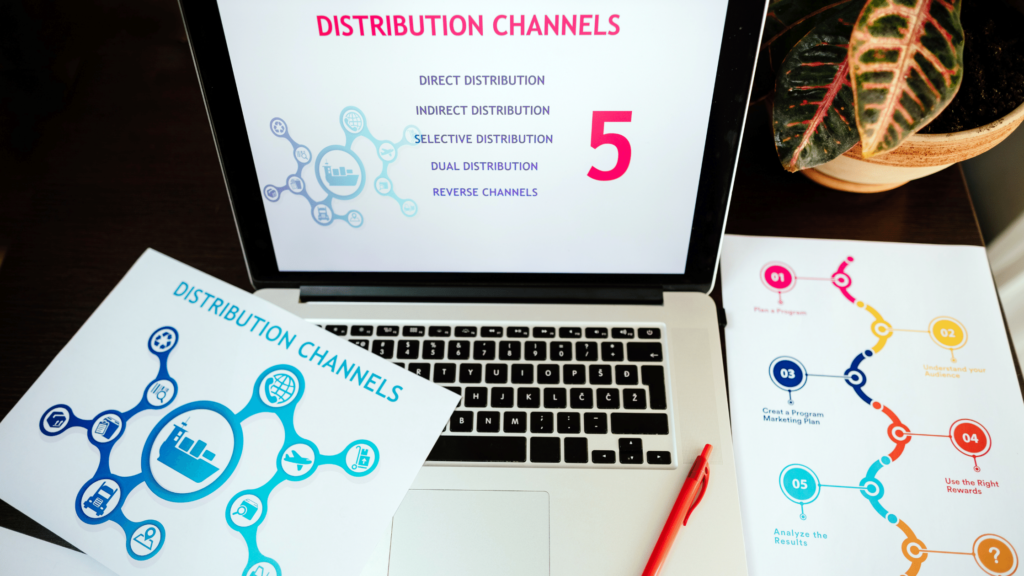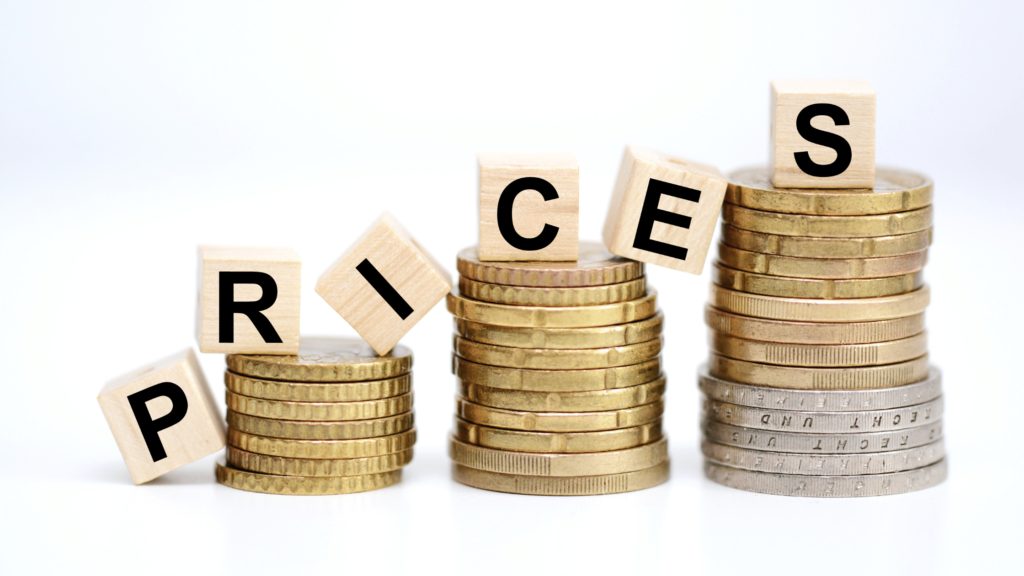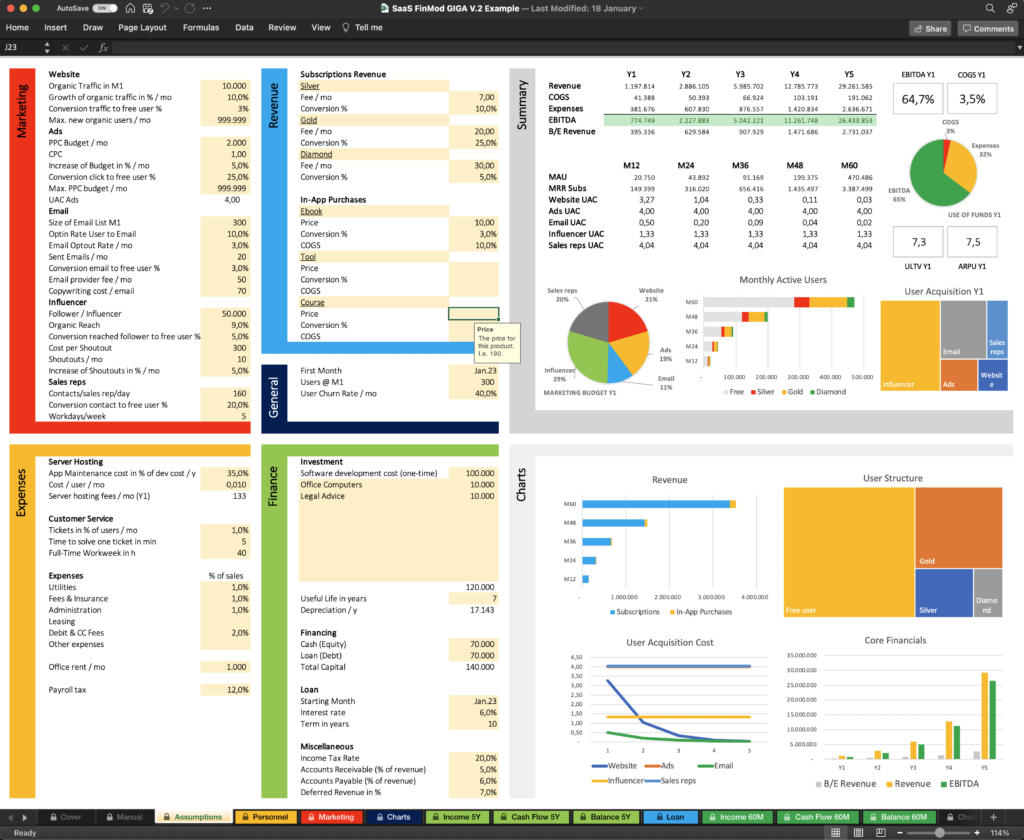If you’re in the business of selling software as a service (SaaS), you know that differentiating your offerings from the competition can be tough. After all, there are a lot of companies out there vying for attention in what is becoming an increasingly crowded marketplace.
So how do you make sure your SaaS business stands out from the rest? Here are six ways to help differentiate your SaaS business and make it more attractive to potential customers.
Differentiation by Product

Differentiating a saas business by product can be difficult, because it may require more resources to develop and maintain separate products. Often, a new product is unable to replicate success, and the features that make one product stand out may not be as important to another customer. In addition, it can be hard to keep track of all the different products on the market and how they compare to each other. Furthermore, if a customer is unhappy with one product, they may be less likely to try another product from the same company. Finally, if a company offers too many different products, it can be difficult for customers to understand what each one does and how it can benefit them. Consequently, businesses should carefully consider whether or not to differentiate their saas business by product.
But there are a number of reasons why differentiating your saas business by product is advantageous. First, it helps to build brand awareness and customer loyalty. If customers can easily identify your product, they are more likely to remember it and recommend it to others. Second, differentiation can help to increase prices without sacrificing customer satisfaction. By delivering a unique product, customers will be willing to pay a premium price. A differentiated product can offer unique features that appeal to specific customer groups and build a major selling point. Finally, differentiation can help to protect your business from competitor encroachment. If your product is truly unique, imitators will have a hard time gaining market share. In sum, there are many reasons why it makes sense to differentiate your saas business by product.
Differentiation by Service

There are a few potential disadvantages to differentiating a saas business by service. First, it can be difficult to stand out from the competition if everyone is offering similar services. You’ll need to find a way to make your business unique in order to attract and retain customers. Second, you may need to invest more in customer service and support than other types of businesses, since your customers will be relying on your services in order to do their work. Finally, if your services are disrupted or unavailable, your customers may be significantly impacted. As a result, Differentiating a saas business by service can be a risky proposition. However, if you’re able to find a niche and provide quality service, it can be a successful strategy.
A Software as a Service business can be differentiated by service in a few ways. One is customer service – offering excellent customer service can set a business apart from others in the same space. Another way to differentiate is by offering unique services that others don’t offer. This could be something that appeals to a specific niche market, or it could be a truly innovative solution that sets the business apart from its competitors. Further, a unique service can offer a more personalized experience that builds customer loyalty.
Differentiation by Channels of Distribution

More channels of distribution may require more resources, and there is no guarantee, that you can replicate success. However, more channels of distribution can reach more customers, and a channel, that fits a certain group of customers, can be a major selling point. Consider these steps:
- Identify the different channels of distribution for a saas business
- Understand the benefits and limitations of each channel
- Select the channels that will work best for your business
- Develop a plan to implement your selected channels
- Monitor the performance of your channels and make changes as needed
Differentiation by Relationships

SaaS businesses provide software that is delivered over the internet, usually on a subscription basis. In order to differentiate themselves from the competition, many SaaS businesses focus on developing relationships with their customers. There are several advantages to this approach. First, it allows the business to understand the customer’s needs and tailor the software accordingly. Second, it builds loyalty and encourages customers to stick with the service. Finally, it can help to generate word-of-mouth marketing, as satisfied customers are more likely to recommend the service to others. By focusing on developing relationships with its customers, a SaaS business can gain a significant competitive advantage.
While there are many advantages to differentiation, there are also some significant disadvantages that should be considered. One of the biggest risks of differentiation is that it can lead to a reliance on relationships with a small number of key customers. If these relationships were to break down, it could have a devastating impact on the business. Another downside of differentiation is that it can make a business less flexible and responsive to change. A business that is highly differentiated may find it difficult to pivot in response to new market trends or customer needs. Finally, differentiation can also be a costly endeavor, as businesses need to invest time and resources into developing their unique selling proposition. For all these reasons, it is important to weigh the pros and cons of differentiation before making any decisions about your business.
Differentiation by Reputation

A SaaS business can be differentiating itself by the quality of its reputation. Because a SaaS business deals in software that is increasingly becoming a necessity for smooth operations of businesses, it is important that a high-quality reputation be attached to the business. This can highlight the advantages that the business has over others in terms of quality and/or customer service.
A business with a solid reputation will garner more customers through word-of-mouth marketing, which is still one of the most powerful tools available. Additionally, a business with a good reputation will have an easier time raising prices without experiencing the same loss of customer base that would occur for a business with a poor reputation. If a SaaS business doesn’t have a good reputation, it will be hard to attract new customers and it can be difficult to change a bad reputation. In short, a strong reputation is an invaluable asset.
Differentiation by Price

As any business owner knows, pricing is a key factor in determining success. For SaaS businesses, this is especially true. Differentiating a SaaS business by price can have several disadvantages. First, it can lead to a race to the bottom, with businesses competing to offer the lowest prices. This can erode profit margins and make it difficult to sustain a business. Second, it can create a perception that the product is of lower quality. Customers may be reluctant to pay more for a product that they perceive as being inferior. Finally, it can limit the options for future pricing strategies. If a business has always charged low prices, it may be difficult to raise prices later on without facing resistance from customers.
When it comes to pricing a SaaS product, there are a few different strategies that businesses can use. One popular approach is to charge different prices based on the features that each user needs. For example, a basic plan might offer limited storage and only a few basic features, while a more expensive premium plan could offer more storage space and a wider range of features. Another common pricing strategy is to charge based on the number of users. This approach is often used for enterprise-level products, where businesses are willing to pay more for additional users. Finally, some businesses choose to offer a free trial or tiered pricing, where users can access the product for free for a certain period of time before they need to start paying. Differentiating your SaaS business by price can be an effective way to attract customers and generate revenue.
Conclusion
Differentiating your SaaS business from the competition is essential to success. There are a number of different ways to do this, including by product, distribution channel, reputation, relationships, price, and service. The best approach for your business will depend on a number of factors, including your target market and the competition. However, all businesses should be aware of the different ways to differentiate their products and services in order to stay ahead of the curve.
Are You Struggling to Create a Financial Plan for Your SaaS Startup?
I can help! My financial model template for a SaaS business takes the guesswork out and provides clear insights into how your business will grow.
Raising capital is essential for any startup, and my tool will help you do just that. It’s easy to use and provides all the information you need to make an informed decision about your business and convince investors.
Click on the link to see how my Financial Model for a SaaS Business can help you achieve your goals!

Peter is a solopreneur in Salzburg, Austria, a husband, and a family father. He runs a little publishing company, and blogs about starting and running online businesses. In his spare time, he enjoys hiking with friends and reading the Bible, and sometimes he takes a trip in his roaring old black 2001 Jaguar XJ8.





